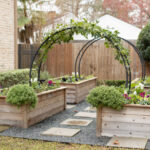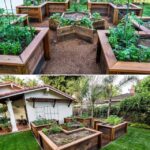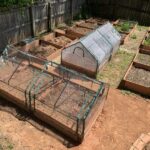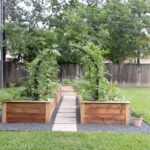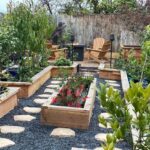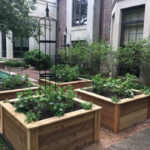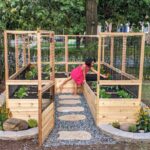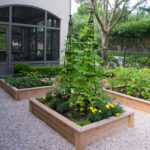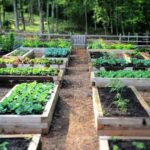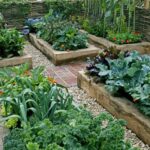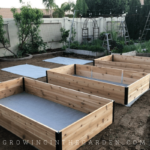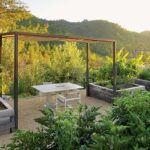Raised garden beds are a popular choice for many gardeners due to their practicality and aesthetic appeal. When planning the layout of raised garden beds, there are several key factors to consider in order to maximize the efficiency and productivity of the garden space.
One important aspect of raised garden bed layout is the orientation of the beds. Placing the beds in a north-south direction allows for optimal sunlight exposure throughout the day, ensuring that all plants receive adequate light for photosynthesis. This orientation also helps to prevent shading of smaller plants by taller ones, promoting even growth and development.
Another consideration when designing the layout of raised garden beds is the spacing between the beds. It is important to leave enough room between the beds to allow for easy access for planting, weeding, and harvesting. A general rule of thumb is to leave at least 2-3 feet of space between beds to provide ample room for maintenance tasks and to prevent overcrowding.
In terms of the shape and size of raised garden beds, there are several options to choose from. Rectangular beds are a popular choice for their simplicity and ease of maintenance, while L-shaped or U-shaped beds can help to create visually appealing and efficient layouts. The size of the beds should also be considered based on the types of plants you plan to grow and the available space in your garden.
When planning the layout of raised garden beds, it is important to consider the needs and preferences of the plants you are growing. Some plants require more space between them to thrive, while others benefit from being planted in close proximity to each other. Researching the spacing requirements and growth habits of the plants you plan to grow can help you design a layout that promotes optimal growth and productivity.
Additionally, incorporating pathways between the raised garden beds can help to improve accessibility and ease of maintenance. Paths should be wide enough to accommodate a wheelbarrow or garden cart for easy transport of tools, soil, and harvested produce. Using materials such as gravel, mulch, or stepping stones can help to define pathways and create a cohesive and functional layout.
Overall, careful planning and consideration of key factors such as orientation, spacing, shape, size, plant needs, and pathways are essential when designing the layout of raised garden beds. By taking these factors into account, you can create a well-organized and productive garden space that allows you to grow a wide variety of plants and enjoy the benefits of raised bed gardening.

